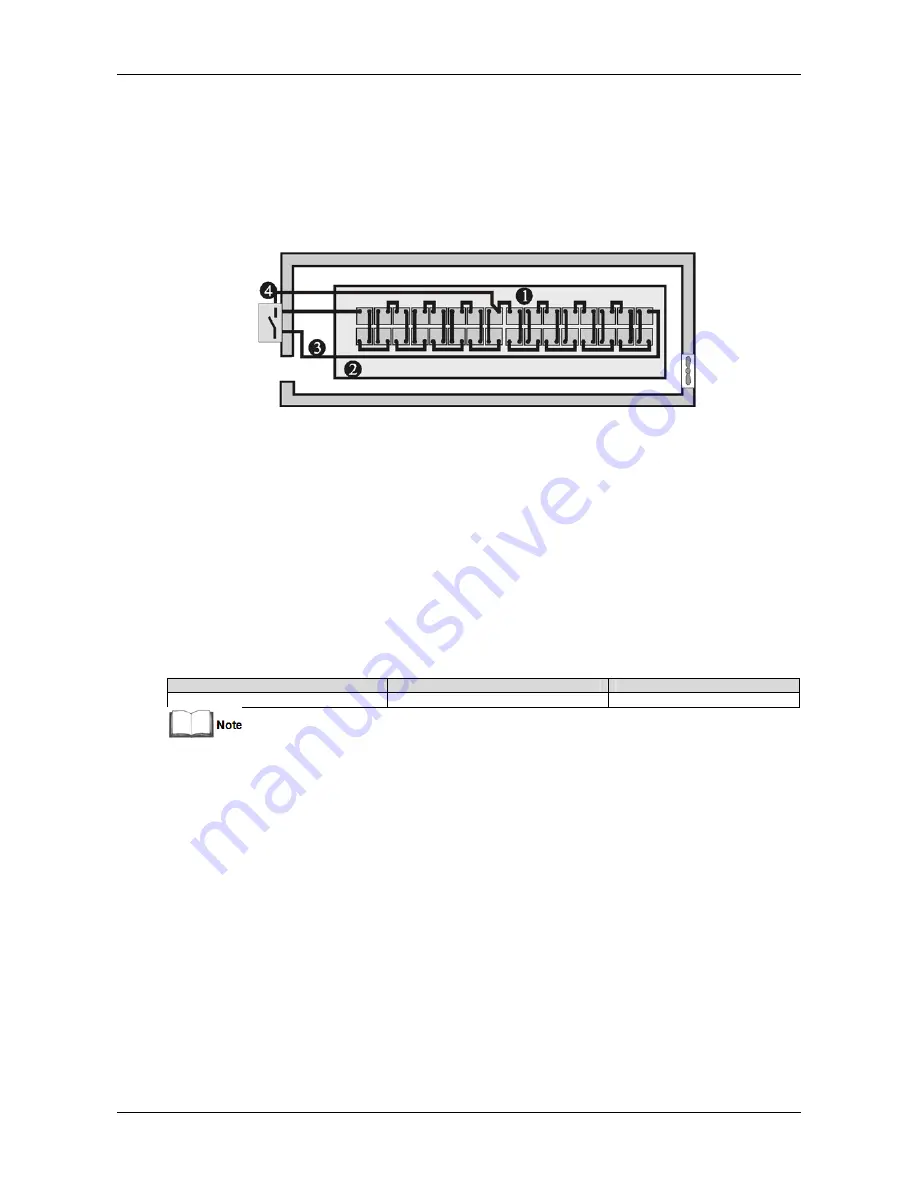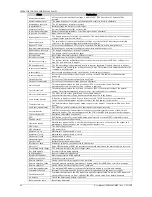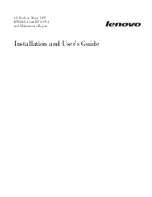
BATTERY
56
User Manual 10H52246UM60 - Rev. 1 - 01/2017
When planning the layout, make sure that the batteries are positioned so that no two naked parts having a potential
difference in excess of 150 V can come into contact. If this cannot be avoided, use insulated terminal shields and
insulated cable for any such connections.
Workbench
The workbench (or panel) must be skid-proof and insulated, and be at least 1m wide.
Wiring
All the wiring distances shall be kept to a minimum.
BCB
The BCB is normally installed in the wall-mounted box near the battery.
Figure 6-2
Design of battery room
6.9
BCB Box (Optional)
The BCB box contains a BCB and a BCB control board.
Vertiv provides the BCB box and BCB signal cables (length: 30m) for use when the UPS uses external batteries. In
this situation, The BCB box is installed as close as possible to the battery and connected to the UPS. Refer to Figure
6-3 and Table 6-4 for a description of the BCB box and its components.
The BCB box protects the battery against over-discharge and over-current, and also isolates the UPS and battery,
thus reducing the risk to a minimum for service personnel during maintenance.
The bars for connecting the power cables from the UPS and batteries are located inside the box.
Note: The signal cables from the UPS to the BCB control board must be routed in a separate cable conduit
and kept separate from the battery power cables. The separate safety earth must be connected between the
UPS and BCB box.
The BCB box is supplied as follows:
Table 6-3
BCB box parameters
Dimensions (H × W × D) (mm)
Weight (kg)
BCB
192 × 380 × 636
13
200A, 4 poles
This weight excludes the packaging.
The BCB offers the following advantages:
Short circuit protection and EOD protection.
When the battery voltage falls to EOD level, the BCB is switched off automatically.
UPS EPO: When the EPO button is pressed, the BCB is switched off automatically.
















































